Trigonometry Assignment: Solving Engineering Measurement Problems
VerifiedAdded on 2023/04/25
|10
|609
|447
Homework Assignment
AI Summary
This assignment solution covers a range of trigonometry concepts relevant to engineering applications. Task 1 addresses circular and triangular measurement problems using sine, cosine, and tangent functions, including calculations of ladder lengths and angles, and conversions between degrees and radians. Task 2 involves sketching trigonometric functions (sin, cos, tan) over a complete cycle. Task 3 presents practical engineering problems solved using the sine and cosine rules to determine forces and lengths. Finally, Task 4 focuses on calculating surface areas and volumes of various regular solids such as open cylinders, triangular prisms, and spheres. The solution demonstrates a comprehensive understanding of trigonometric principles and their application in engineering contexts.
1 out of 10

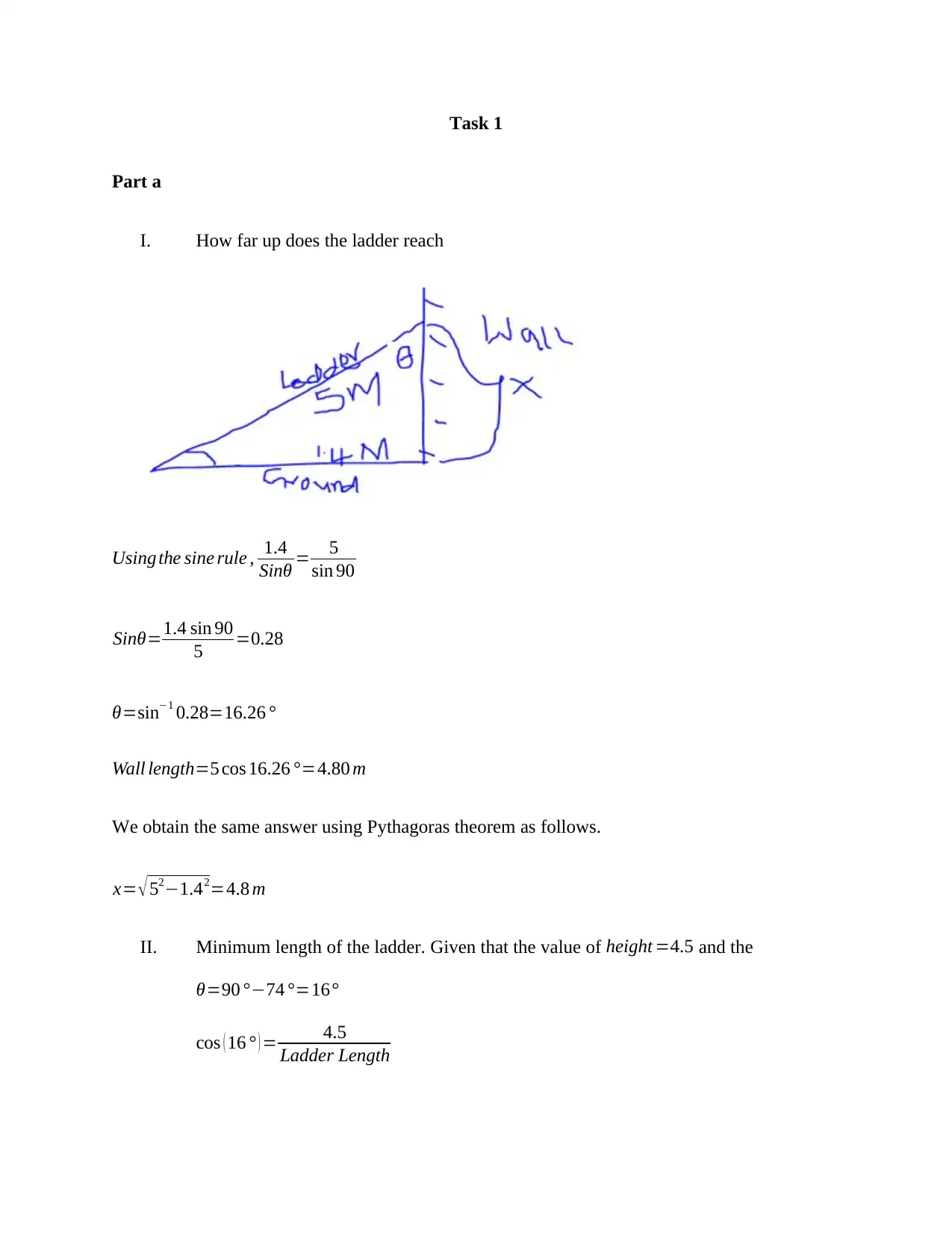
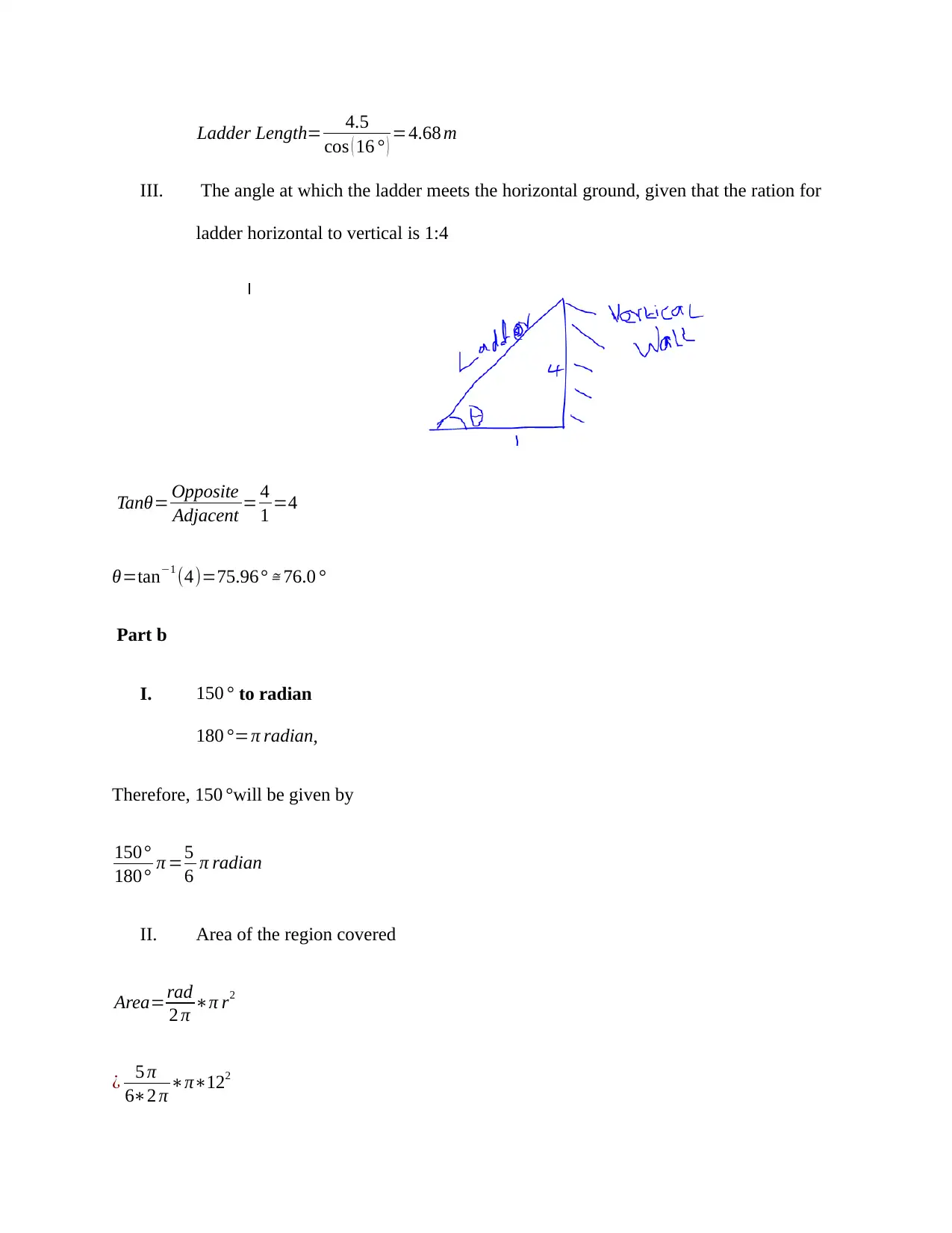

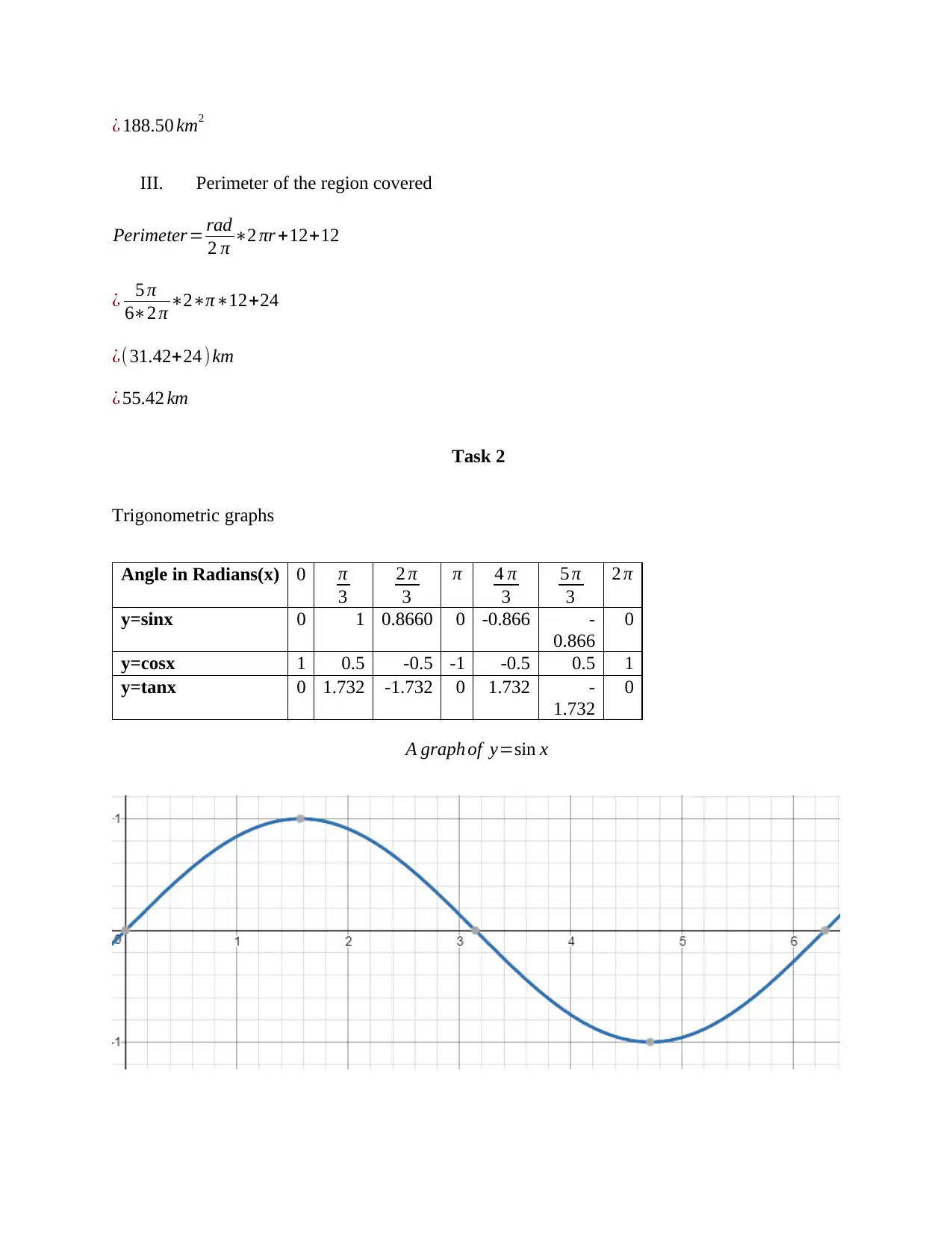
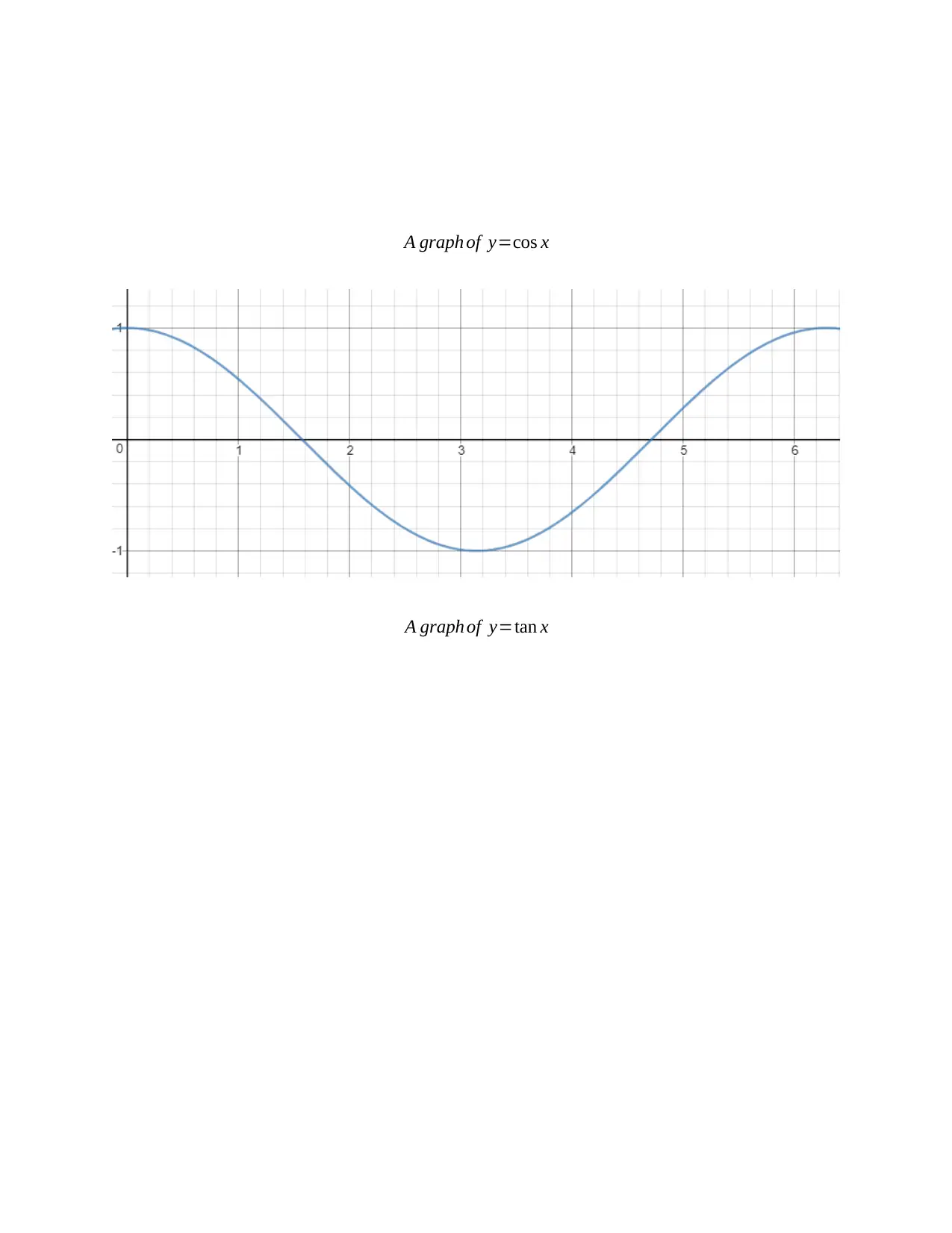
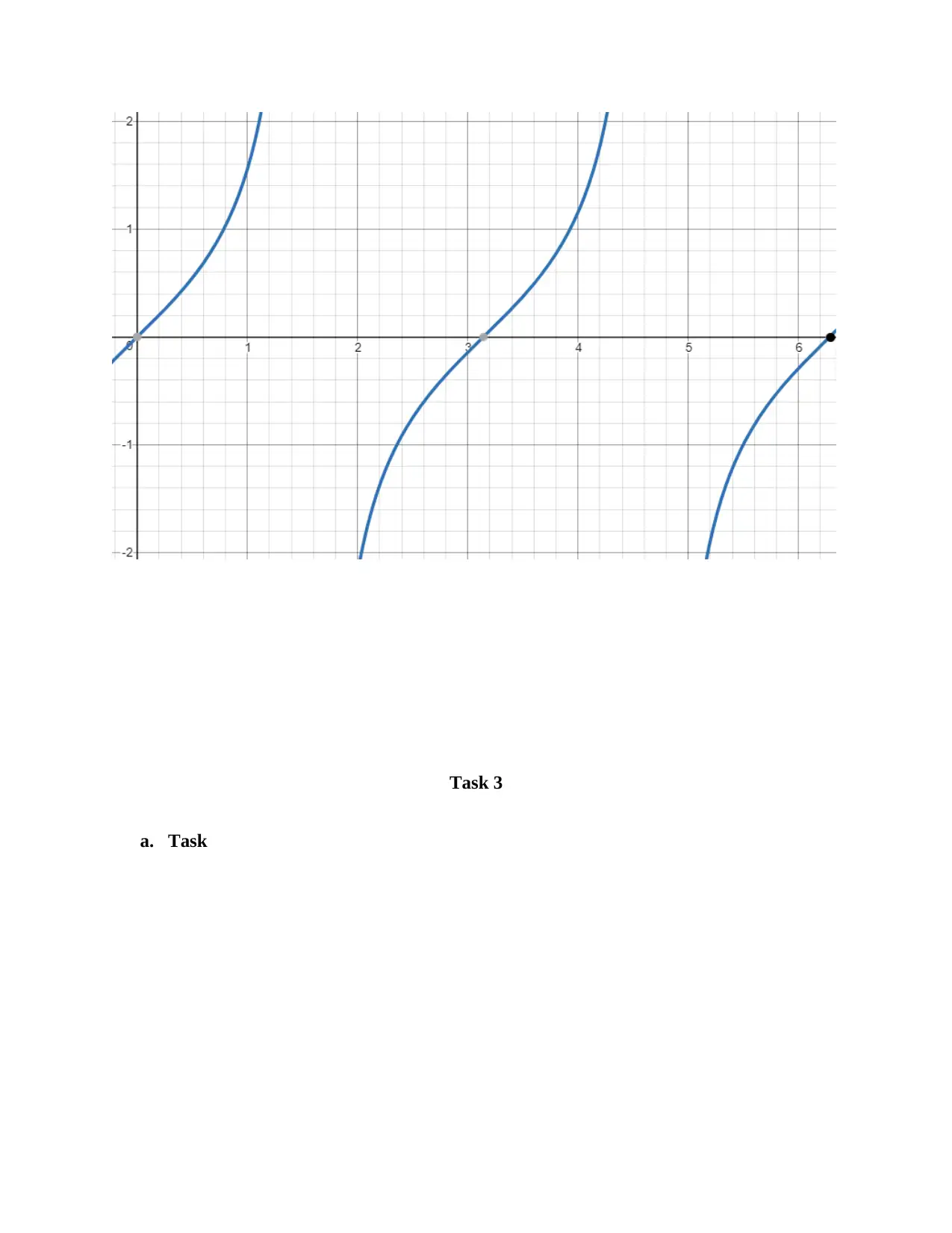
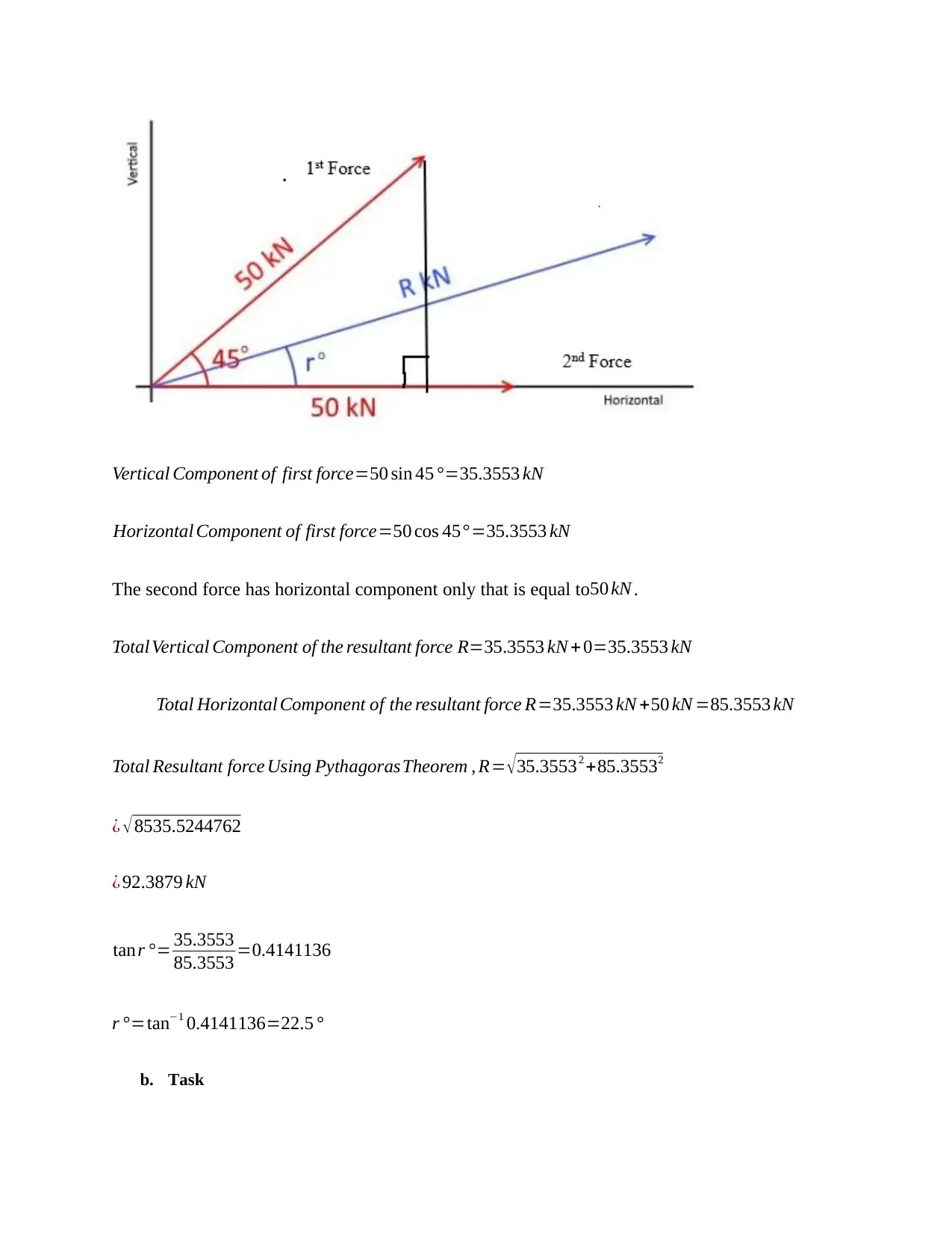
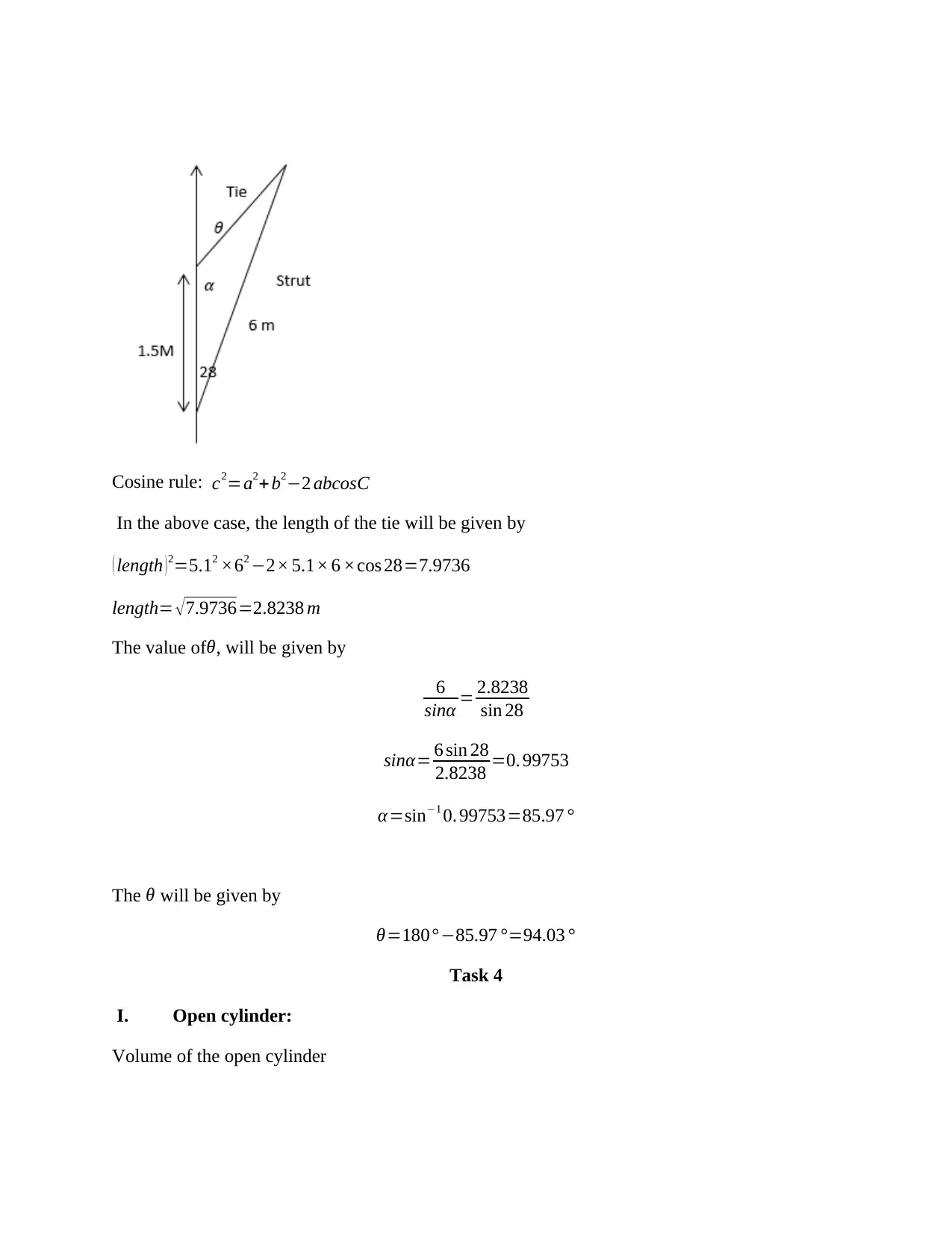
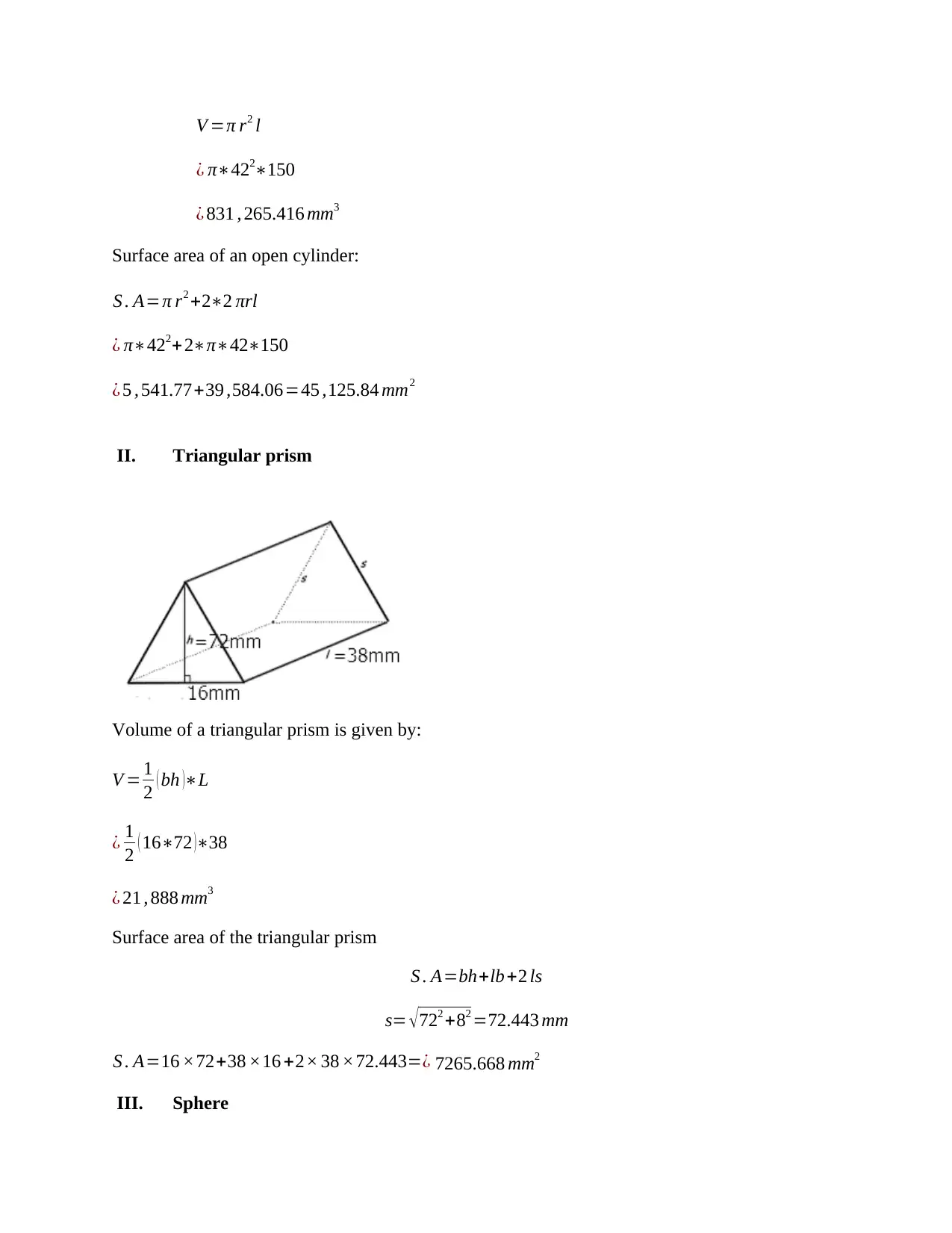






![[object Object]](/_next/static/media/star-bottom.7253800d.svg)